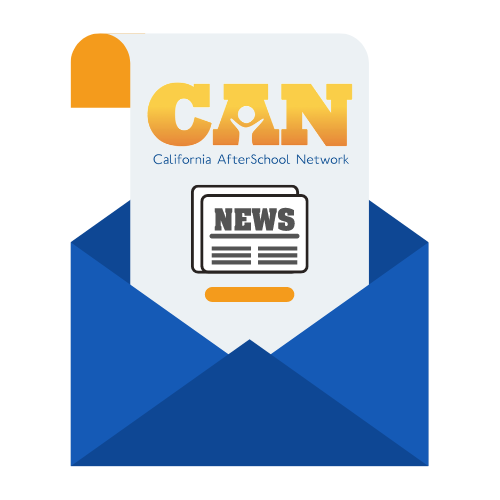About Expanded Learning in California
Contains access to general information regarding expanded learning in California.
The State of the State of Expanded Learning in
CA
http://www.afterschoolnetwork.org/post/can-releases-state-state-expanded-learning-ca-2015-2016
The State of the State of Expanded Learning in California 2015-2016 provides an overview of the public investment in expanded learning opportunities in California. This year’s report outlines that expanded learning programs provide after school and summer learning opportunities to nearly 500,000 of California’s students with the greatest needs through nearly 4,500 expanded learning programs. While California is ranked number one in after school nationally, there are significant fiscal challenges and unmeet need for expanded learning programs. Without relief to funding challenges, programs are being forced to reduce enrichment activities and academic supports, professional development, staff hours, and access as programs decrease the number of students served and risk closing their doors altogether. The report outlines that students who fully participate ASES or 21st CCLC after school program gain the equivalent of up to an extra 90 days of school, regular attendance in expanded learning programs increases student achievement, attendance and positive behaviors, and narrows the achievement gap, and expanded learning programs in California increase health and nutrition and offer innovative learning opportunities all year round.
California Department of Education – Expanded Learning Division http://www.cde.ca.gov/ls/ba/
The California Department of Education – Expanded Learning Division website includes programmatic and fiscal resources to build, implement, sustain and support quality expanded learning programs in California.
-
21st Century
Community Learning Centers
Provides funding for programs to focus on academic achievement, enrichment, and family literacy. Eligible entities include districts, cities, counties, community-based organizations and others.
-
Advisory
Committee
Public notices, agendas, and other related information for the Advisory Committee on Before and After School Programs.
-
After School
Education & Safety Program
Provides funds to schools and districts that collaborate with community partners to provide safe and educationally enriching alternatives for children and youths during nonschool hours.
-
After School Support
& Information System (ASSIST)
ASSIST is an automated grant administration system for After School Education and Safety and 21st Century Community Learning Center Programs.
About After School Education and Safety Program
(ASES)
http://www.cde.ca.gov/ls/ba/as/
The After School Education and Safety (ASES) Program is the result of the 2002 voter-approved initiative, Proposition 49. This proposition amended California Education Code (EC) 8482 to expand and rename the former Before and After School Learning and Safe Neighborhood Partnerships Program. The ASES Program funds the establishment of local after school education and enrichment programs. These programs are created through partnerships between schools and local community resources to provide literacy, academic enrichment and safe constructive alternatives for students in kindergarten through ninth grade (K-9). Funding is designed to: (1) maintain existing before and after school program funding; and (2) provide eligibility to all elementary and middle schools that submit quality applications throughout California. The current funding level for the ASES program is $550 million.
About 21st Century Community Learning Centers (21st CCLC) http://www.cde.ca.gov/ls/ba/cp/
The No Child Left Behind Act of 2001 was signed into law in January 2002, authorizing the California Department of Education (CDE) to administer California’s 21st Century Community Learning Centers CCLC) Program. Education Code sections 8484.7 – 8484.9 further define California’s 21st CCLC Program. This state-administered, federally funded program provides five-year grant funding to establish or expand before-and after-school programs that provide disadvantaged kindergarten through twelfth-grade students (particularly students who attend schools in need of improvement) with academic enrichment opportunities and supportive services to help the students meet state and local standards in core content areas.
Expanding Student Success
Website
http://www.expandingstudentsuccess.com/
Launched in January 2016, the Expanding Student Success Campaign is a statewide initiative designed to ensure that K-12 educators and leaders are exposed to the impact that Expanded Learning opportunities have on students and school communities. The Expanding Student Success Campaign is an outgrowth of the California Expanded Learning Strategic Plan – A Vision for Expanded Learning in California. This campaign specifically came from the recommendations for the Expanded Learning/K-12 Integration initiative of the strategic plan.
California Expanded Learning Strategic Planning Website
The California Expanded Learning strategic planning process is a collaboration between after school program practitioners, support providers, the California Department of Education After School Division and K-12 educators. The website hosts the Strategic Plan, information about current working groups, and access to the Expanding Student Success website and Quality Standards in Action Videos.

